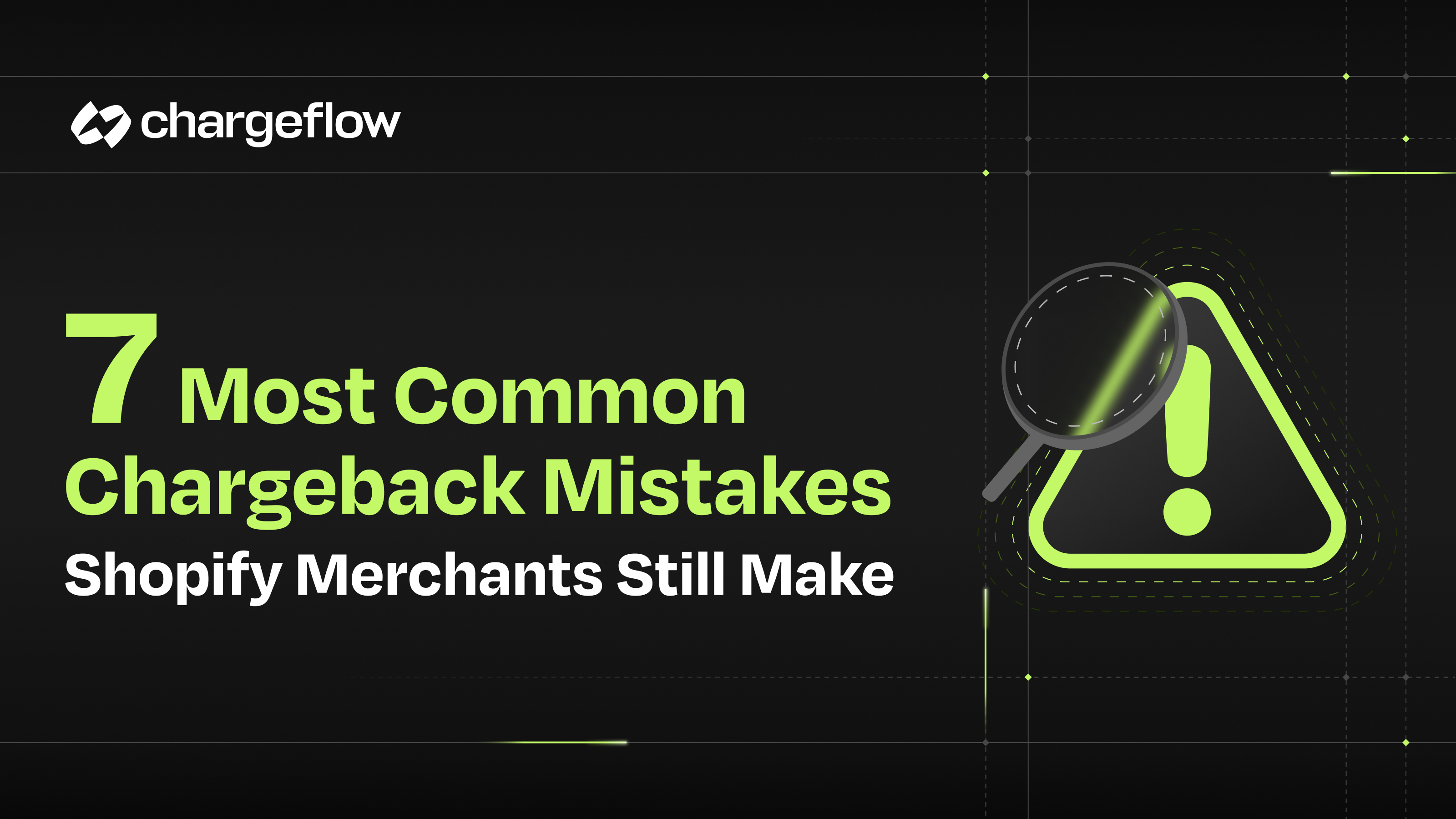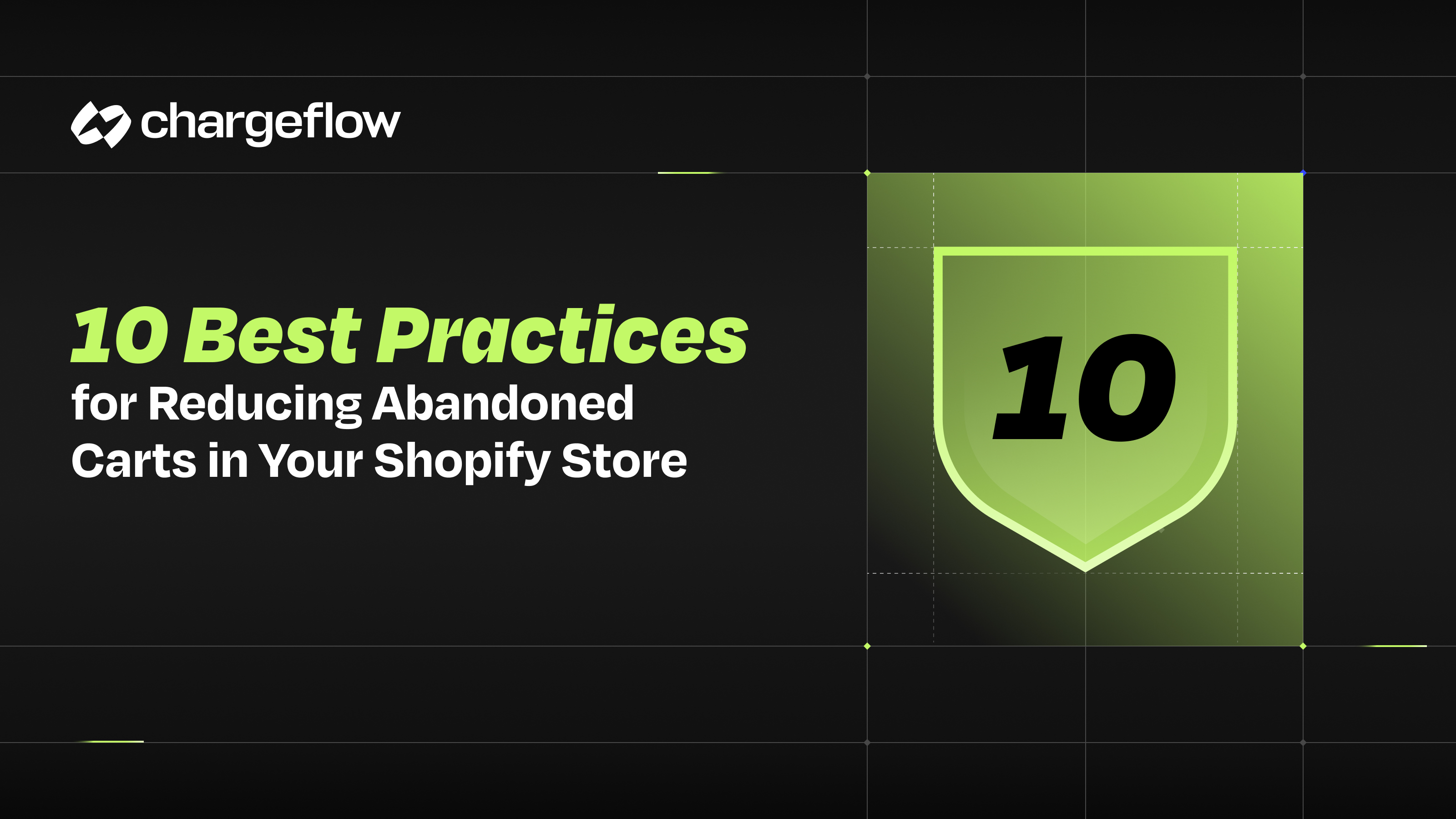What Are The Key Reasons For Stripe to Terminate a Merchant’s Account?

Chargebacks?
No longer your problem.
Recover 4x more chargebacks and prevent up to 90% of incoming ones, powered by AI and a global network of 15,000 merchants.
Termination of your merchant account is THE WORST experience you can ever have if Stripe is your primary payment processor. Here's how to avoid it now.
Stripe terminates the account of merchants they categorize as high-risk. And that's just the beginning of sorrows for such merchants.
Stripe was built by entrepreneurs who got fed up with the hurdles they encountered with payment processors of the day. Merchants generally see the company as the special one. But there are times when Stripe seems to stand between a vendor and their money.
Payments are the oxygen of your company. Without a payment processor, your business is broken. And sometimes, your life is equally messed up as well.
Unfortunately, if Stripe terminates your merchant account, undoing it and bringing the account back to life is an incredibly daunting process. NOBODY wants to face the hysteria.
Taking precautionary measures to ensure you don’t have to go through that nightmare is definitely the best course of action. And our aim for this article is to help you do just that.
Why Stripe can terminate a merchant’s account
Let’s start with an understanding of how Stripe categorizes vendors.
Per industry best practices, Stripe uses three tags for categorizing merchants that wish to onboard their platform.
The first label applies to all unauthorized businesses such as adult content and services, gambling providers, drug paraphernalia, etc. that PSPs generally refuse any processing by default.
The second label goes for regular merchants. These are typically e-commerce businesses that sell physical goods for which delivery verification is possible using various tracking systems and delivery confirmation.
On the third label, you have businesses that they adjudge to be high-risk businesses. Under this category, you have merchants that offer digital goods and services with no physical evidence of delivery, companies with global operations and accepting payments internationally, and businesses operating in industries that are prone to high chargeback rates.
Unfortunately, the metric for deciding high-risk businesses isn’t always static. As one merchant noted, “you could start processing payments with Stripe as a regular merchant and still end up labeled high risk at some point. And even if your chargeback rate is way below average, you still may end up labeled a high-risk merchant if you operate in industries that usually get high chargebacks.”

Stripe can terminate a merchant’s account due to two crucial factors
1. Excessive Chargebacks
Chargebacks are not only a burden on the merchant’s shoulders. They can also cause severe issues for the payment processor. Every Payment Service Provider aims to keep chargeback rates on their platform as low as possible to avoid problems with credit card companies and banks. So, businesses with excessive chargebacks are a liability to PSPs. They’d prefer to drop such vendors than get into regulatory issues with their partners.
A word from the horse’s mouth:
“Behind the scenes, we work closely with payment networks (such as Visa and Mastercard) and banking partners across more than two dozen countries. Each institution has strict legal regulations that govern them and specific rules about the types of businesses they do and do not work with. Through our partnerships, we are bound to uphold those requirements. In addition, we must also—of course—uphold the laws of the countries we operate in. Lastly, we need to be careful regarding the financial risks that different businesses may pose to their customers or Stripe.”
Here’s the pulse: If your dispute-to-transaction rate is approaching the established benchmark of 0.75% (varies by card network), know that you are in deep waters. Excessive dispute activity not only affects your ability to process with Stripe but with other processors as well. And can even result in fines from the card networks.
2. Financial damages and lousy reputation
As I intimated earlier, chargeback mediation involves multiple parties and Stripe is the middle person in that process.
If a fraudulent merchant closes their Stripe account and disappears due to a high volume of disputes, Stripe will be liable to cover the damages. That’ll be bad news for Stripe, more so due to the stringent industry rules regarding chargebacks. Instead having your business model put them in hot waters, they'd rather terminate the merchant account.
Stripe can also drop a merchant if the industry they operate in in known to be of high risk of fraud.
Here’s what they said to that effect:
“If a business becomes insolvent and fails to deliver goods or services it has already sold, Stripe loses money: the business’s customer can initiate a chargeback, and Stripe covers the loss. This is a more significant risk in companies with a long wait time between purchase and delivery or pre-sales of highly speculative or pre-production products.
We look at businesses individually to determine the overall level of financial risk based on industry, stage of product development and shipment, and broad exposure.
Financial institutions and payment networks care about the brand and reputational risk that associated businesses pose. Our financial partners do not want to be associated with a set of companies even if there is market demand for them. Stripe doesn’t independently reject businesses based on brand risk—we have many unpopular companies and causes on Stripe—but we’re at times obliged to enforce the restrictions of our partners.”
How to avoid losing your Stripe merchant account
Stripe’s reputation as a great payment processor is not limited to its seamless onboarding processes or API functionality. Many merchants have confirmed that it's easy to work with Stripe. That notwithstanding, their chargeback mediation process is not always favorable to vendors. It’s just one of those things that happen when some companies scale. So, if you want to keep using their platform, you might as well arm yourself with crucial precautionary tools.
Here are some tips:
- Play by their service terms. Read their literature as carefully as you can and know businesses and actions they don't condone.
- Keep your chargeback rates as low as they can get. Ensuring you get as little chargeback incidents as possible is easier said than done in today’s e-commerce landscape. But with chargeback and fraud mitigation frameworks such as Chargeflow, it’s a joyous ride. You can quickly grow your business without having chargebacks slow you down or risking your relationships.
If the experience of several other entrepreneurs is anything to go by, when Stripe shuts down your merchant account, your chances of restoring your account are pretty slim. Stripe’s decision is final for the most part.
Being proactive and working with fraud mitigation experts might seem like an expensive investment at face value. But the cost radically pales in comparison with the dangers of losing your merchant account. Don’t leave your digital security to chance. Learn more about Chargeflow and see how to protect your business from the increasingly damaging effects of chargebacks and digital fraud.

Chargebacks?
No longer your problem.
Recover 4x more chargebacks and prevent up to 90% of incoming ones, powered by AI and a global network of 15,000 merchants.






























.png)








